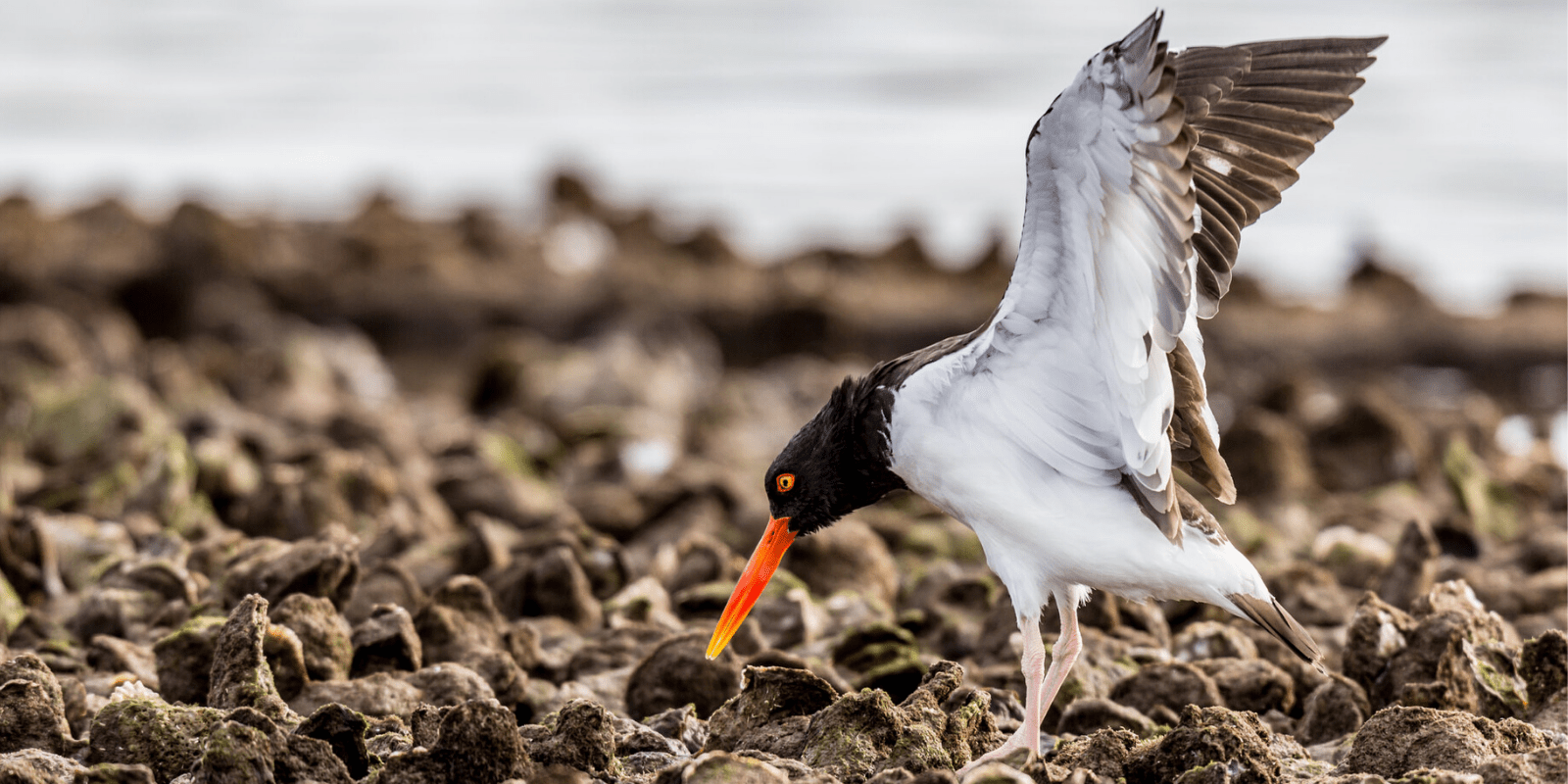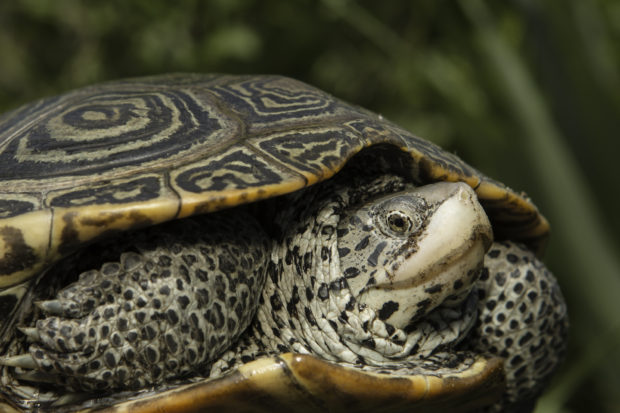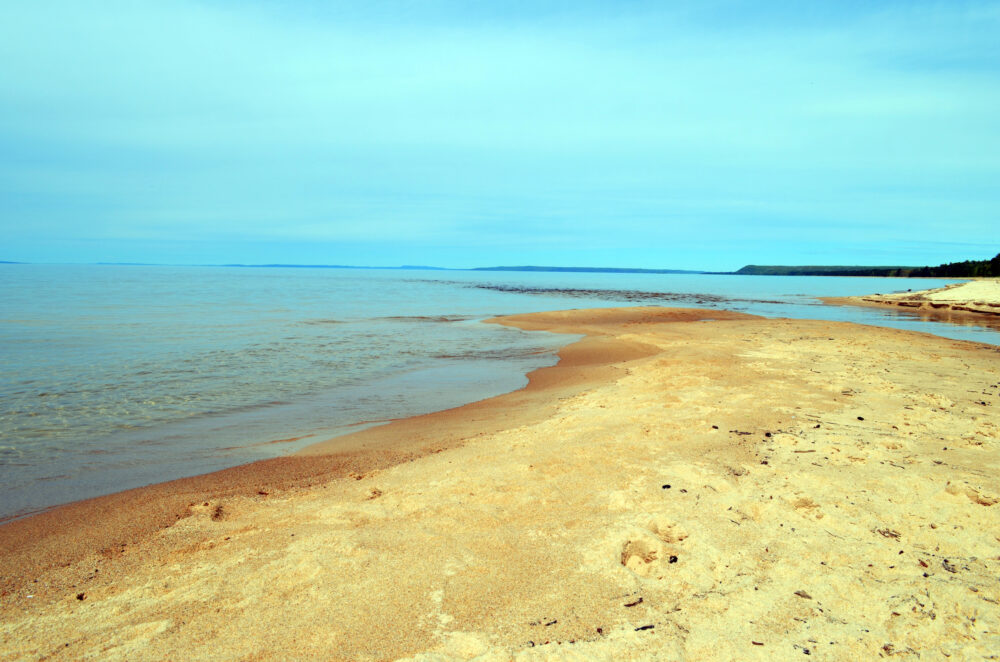We have much more to do and your continued support is needed now more than ever.
Estuaries Benefit from 20 New Projects to Restore the Gulf of Mexico

The 2010 Deepwater Horizon oil spill devastated wildlife and ecosystems in the Gulf of Mexico. In an effort to restore the area, the National Fish and Wildlife Foundation just announced 20 new projects funded out of their Gulf Environmental Benefit Fund.
Previous projects from the Gulf Environmental Benefit Fund have protected nesting birds, safeguarded sea turtles and their habitats, restored barrier islands, rebuilt oyster reefs, and moved forward efforts to restore sediment to eroding wetlands in Louisiana.
We are excited that the latest announcement of Gulf Environmental Benefit Fund awards—$109 million spread over 20 projects—supports many of the estuary restoration priorities identified by our Gulf of Mexico Restoration Program. Estuaries, coastal areas where freshwater mixes with saltwater, are among the most important natural systems in the world, providing habitat for fish, birds, marine mammals, and sea turtles.
Here are a few highlights from the latest round of selected projects:
- In Florida, several projects are connected to our priorities in the Apalachicola River and Bay: MK Ranch Hydrologic Restoration, Oyster Reef Restoration, St. Marks National Wildlife Refuge, and Apalachicola River Slough Restoration. The Apalachicola River project is a key step for restoring the Apalachicola River and its floodplain, which is a long-standing priority for the National Wildlife Federation.
- In Alabama, another priority of protecting and restoring land along the Perdido River is complemented with the Blackwater River South Tract Acquisition, which will allow the state and partners to purchase 2,300 acres of coastal habitat along the Alabama-Florida state line. Efforts to restore the Perdido River ecosystem will support species such as the endangered Gulf sturgeon.
- Several projects in Mississippi will protect oyster reefs. An adult oyster can filter as much as 50 gallons of water per day, and oyster reefs provide important habitat for many fish and crustaceans, as well as protecting shorelines from wind and waves.
- In Texas, the Mad Island Marsh Shoreline Protection project will protect over 2 miles of eroding shoreline along a marsh preserve. The project will help to address ongoing concerns related to breeding success of the mottled duck, which is an economically important species in this ecosystem.
- Although no Louisiana projects were included in this announcement, the National Fish and Wildlife Foundation has made numerous investments in projects we support, including increasing the Atchafalaya Flow to Terrebonne, Mississippi River Sediment Diversion, and Caminada Beach and Dune Restoration.
As one of the earliest sources of funding post-Deepwater Horizon, the Gulf Environmental Benefit Fund has set a precedent and helped to shape the landscape of Gulf Coast restoration over the past six years. The investments of more than $1.4 billion in innovative restoration strategies will leave a lasting legacy for wildlife. We look forward to supporting these types of investments in fish, wildlife, and habitat along the Gulf coast.






















